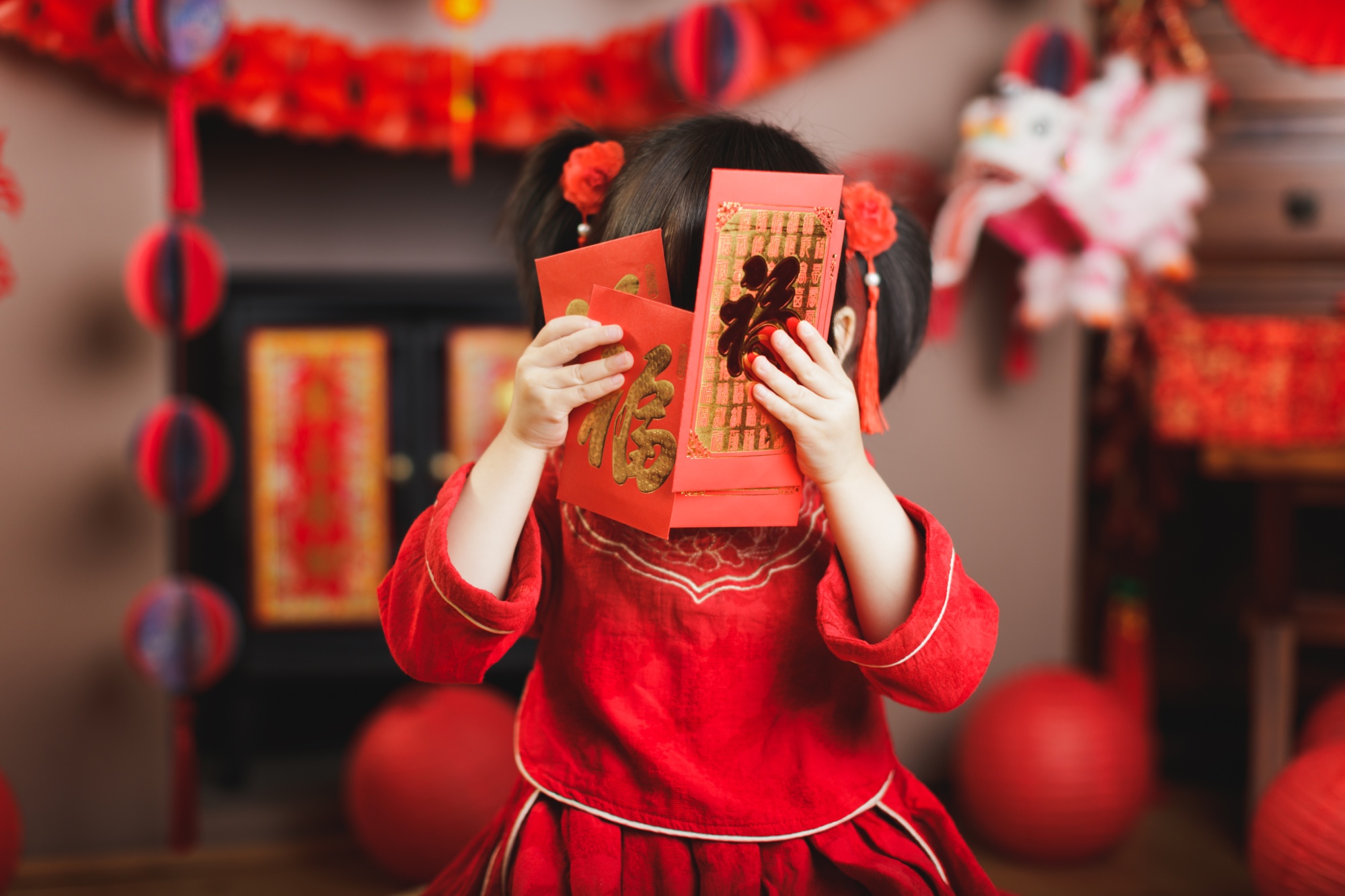China hit with baby fever
For 35 years, it was state policy to limit the number of children that Chinese couples may have. Now, the tables have turned.
For decades, the Chinese government had been policing family sizes, restricting couples to only one child – a stern strategy for population control as the country was set to hit 1 billion in the 1970s. Back then, China was only starting to open up to foreign trade and was way poorer than the economic superpower that it is today. Should couples decide to have more kids, they are made to pay a fine which only the more affluent households can afford.
The policy eased in 2016 as couples were allowed to have a second child, subject to qualifications. This rule had been effective in slowing population growth – too effective, in fact, that the country is now seeing a contraction for three straight years, as shown in Graph 1. This comes hand-in-hand with a rising share of elderly people; from a low of 11 per cent in 2005, China’s old-age dependency ratio breached the 20 per cent mark in 2021 and touched an all-time high of 22.8 per cent in 2024, according to government data.

India overtook China as the world’s most populous nation in 2024. As deaths outpace births and with a longer life expectancy among the Chinese, this leads the Middle Kingdom down the road of becoming an aged population – one where there are more retirees that each working-age citizen must support.
About turn
Just 10 years after the end of the one-child policy (which temporarily became a two-child policy), China has taken a sharp U-turn and is now telling couples to have children by offering cash subsidies. The childcare incentive provides RMB 10,800 (USD 1,500) per offspring in annual disbursements until age three, tax-free. Some 20 million families are expected to benefit from China’s “pro-birth” program, just as it grapples with a rising burden in state pension payouts.
The state’s burden to shoulder basic pension benefits has been on the rise, although payouts remain modest at 0.4 per cent of GDP as of end-2023. Such costs will only keep rising if the country’s old-age dependency ratio continues to climb, which would require the Chinese government to allot more funds into pension services and away from other public and social assistance projects.
The consequences of an aging population are far-reaching. Fewer births mean there would be more retirees who would need social support in the years ahead. Further, the domestic labour force will likewise grow thinner and thus, more expensive – the opposite of China’s long-standing allure that got global companies to set up their factories in the Mainland.
Baby bonus
China’s government hopes the money on offer will quickly convince couples to become parents so the country could avert an emerging population crisis, but this is harder than it sounds.
The USD 1,500 cash aid will deliver a short-term consumption boost, but it may not be enough to change a deeply ingrained mindset: the one-child policy has taken root in Chinese culture in the 35 years it was enforced. On top of a tougher and more volatile global economy, the cash incentive is unlikely to trigger a change of heart among reproductive-age Chinese nationals. For one, raising a child turns more costly beyond age three. Schooling is also a cost that most parents bear until their child finishes college, which is customary in the country.

China’s payout is also minuscule relative to those offered abroad. Singapore pays a baby bonus of USD 8,500 for the firstborn and increases USD 10,000 for the third and per subsequent child, while South Korea provides USD 22,100 across eight years. One might say that these are more developed economies, which explains the size of their subsidies compared to what China is dangling (other non-cash incentives are also provided). However, even Singapore’s generous package has been unable to counter its declining fertility rate over the past decade: in 2023, the city-state recorded 0.97 births per female, which is far lower than the ideal population replacement rate of 2.1 births as seen in Graph 2. It would not be surprising if China gets a similar result.
China’s attempt to boost its fertility rate by way of subsidies is a classic attempt to throw money at the problem, which is a shrinking population and a ballooning dependency ratio. With more babies to raise, certain sectors are likely to gain from the additional spending of baby bonus recipients, namely businesses engaged in healthcare, education, and food and beverage production. The housing segment may also get a much-needed boost after China’s recent property crisis as those starting a family move in to new homes. However, this stimulus may not be as effective in revitalizing domestic spending and making way for more births in the long run. After all, it all boils down to preference.






